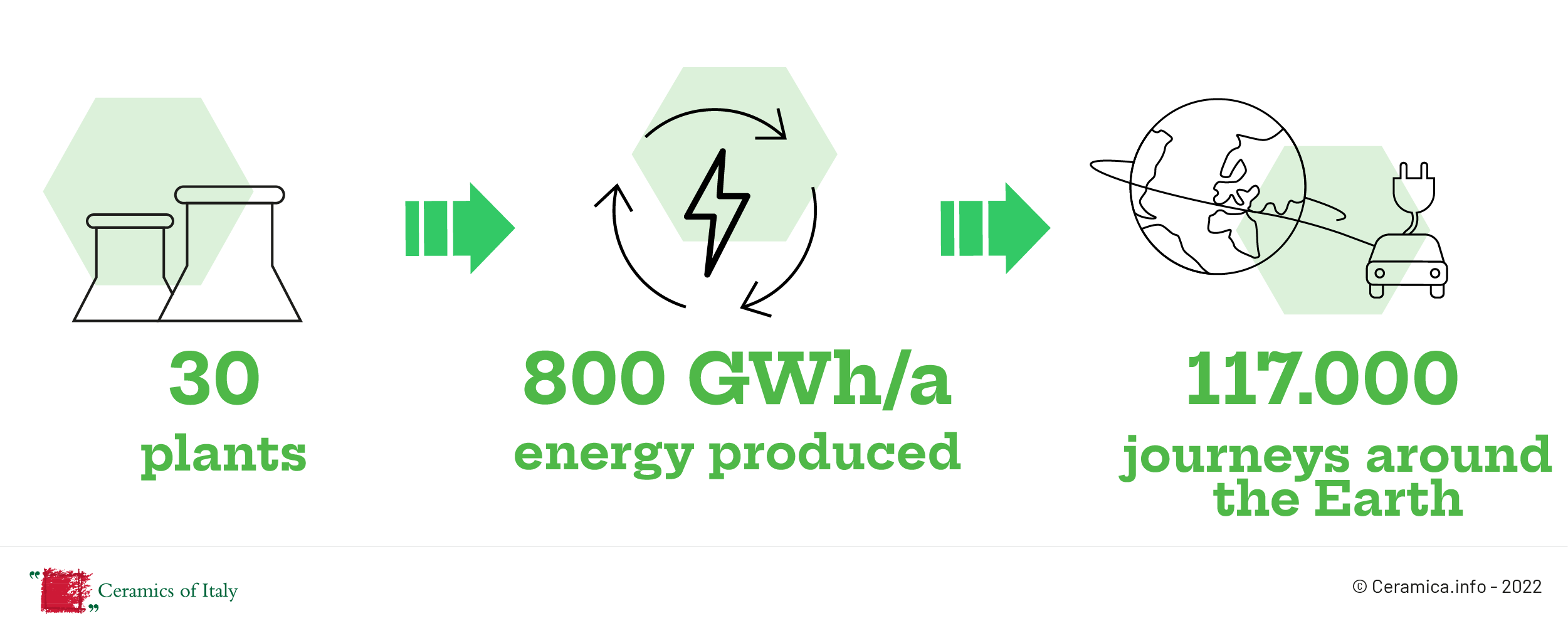Today, Italian ceramic companies are able to self-produce a significant portion of the energy needed for their industrial processes. This helps to save raw materials and protect the environment. The use of cogeneration is a solution that also contributes to goal number 13 of the UN’s 2030 Agenda, which aims to take urgent action to combat climate change and its consequences.
A constant focus on improving energy efficiency
For decades, numerous Italian ceramic companies have been implementing energy optimization programs. Over the years, new technologies have been developed to recover heat, recycle natural resources and use renewable energy. Cogeneration, which uses the steam produced by thermal and electrical installations, is one of the most effective methods.
Since 2008, the introduction of cogeneration systems has accelerated significantly due to the introduction of Energy Efficiency Certificates (EECs), tax incentives granted to companies that adopt measures to improve energy efficiency. Today, there are 30 cogeneration plants located in the province of Modena that meet 47% of the Italian ceramic tile industry’s electricity requirements. In total, they produce more than 800 GWh of energy per year, enough for an electric car to travel approximately 117,000 times around the earth’s circumference. 
What are the components of a cogeneration plant?
Cogeneration plants consist of three main elements:
- an engine or turbine powered by natural gas, the fossil fuel with the lowest levels of polluting emissions;
- an alternator that generates electricity;
- one or more heat exchangers which recover the heat produced by the engine or turbine.
How cogeneration works
The cogeneration plant burns natural gas to operate the alternator, which in turn generates electricity. The advantage of using cogeneration in the ceramic industry is that the flue gases from the engine/turbine are reused directly in the production process inside the spray drier without the need for a heat exchanger, thereby ensuring the highest possible efficiency.



 Architects
Architects
 Construction firms
Construction firms
 Dealers
Dealers
 Installers
Installers
 Public
Public

